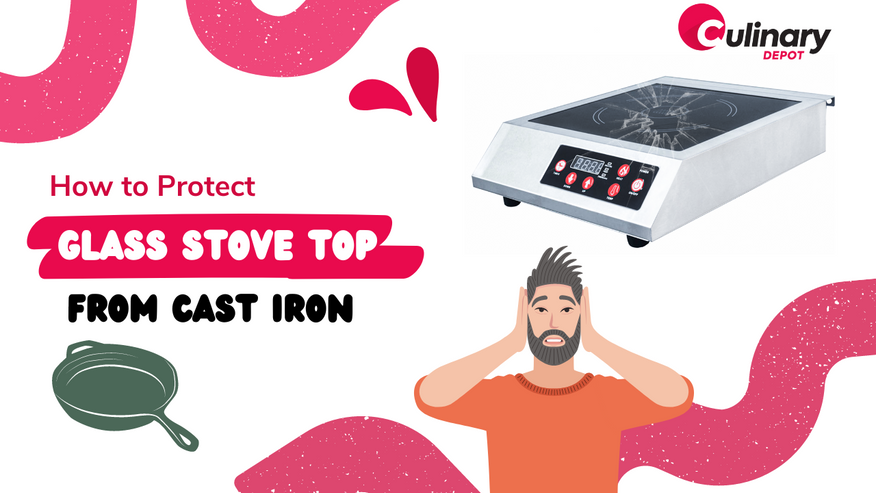Dec 14th 2022 - Monica Cunanan
How to Protect Glass Top Stove from Cast Iron
Glass top stoves are a lovely addition to any kitchen. However, they can be challenging to use with cast iron cookware. If you intend to use your cast iron pots and pans frequently on your glass-top stove, make sure to take these easy measures before cooking.
How To Protect Glass Top Stove From Cast Iron
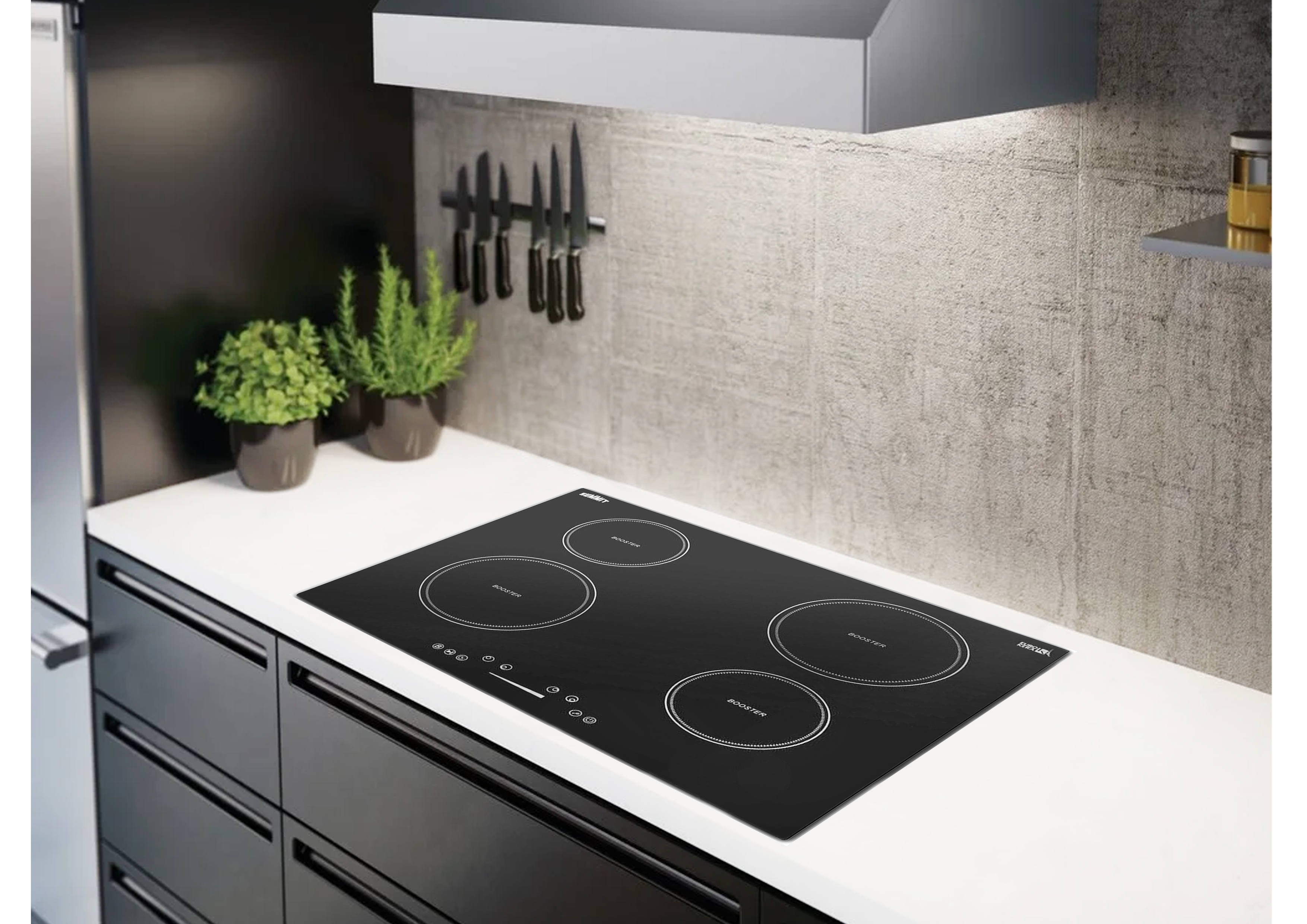
- Precautions should be taken: Make sure to use clean cast iron cookware, if possible, with a smooth bottom and the right size.
- Make use of heat diffusers: A heat diffuser creates a barrier between the pan and the glass stove to protect it from scratches but may interfere with the heating time.
- Cast iron cookware should be lifted rather than slid: Avoid dragging or sliding the cast iron which could avoid unwanted scratches.
- Maintain the cleanliness of your cookware: A dirty cast iron pan may cause scratches and unwanted marks on your stove
- Season both the interior and exterior of your cookware: A well-seasoned cast-iron cookware creates a smooth layer that would help protect your glass stove.
Model Featured: Summit SINC4B301B
Precautions should be taken.
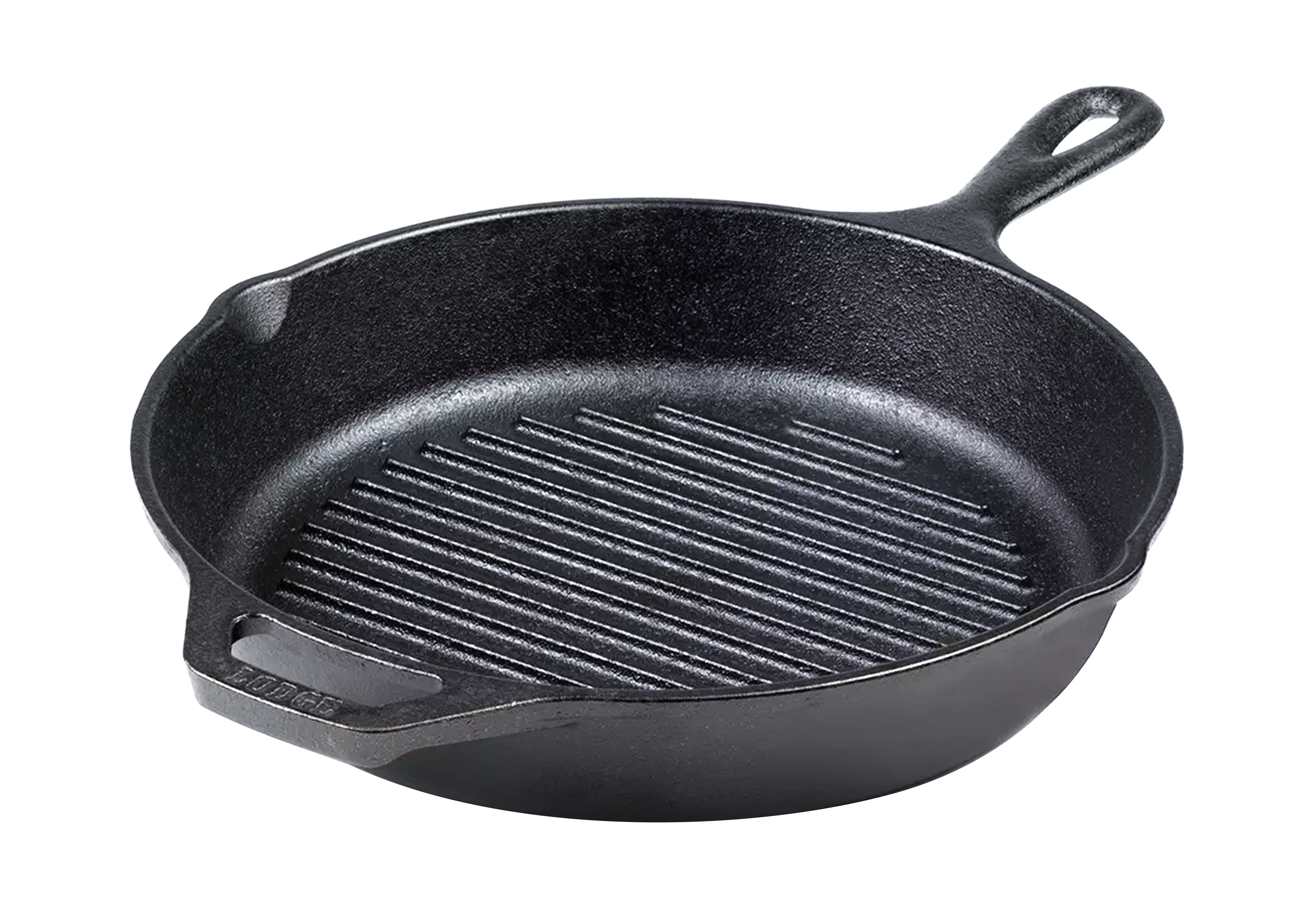
Make sure to wash your cast iron skillet and remove any deposits of food.
- Use a sponge or scrubber and a pea-sized dollop of dish soap.
- Pay close attention to the pan's bottom. It may have accumulated carbonization or black markings.
- Let it air-dry or wipe it down with a clean cloth before using
Model Featured: Lodge L8GP3
Pick a cast iron with a smoother surface.
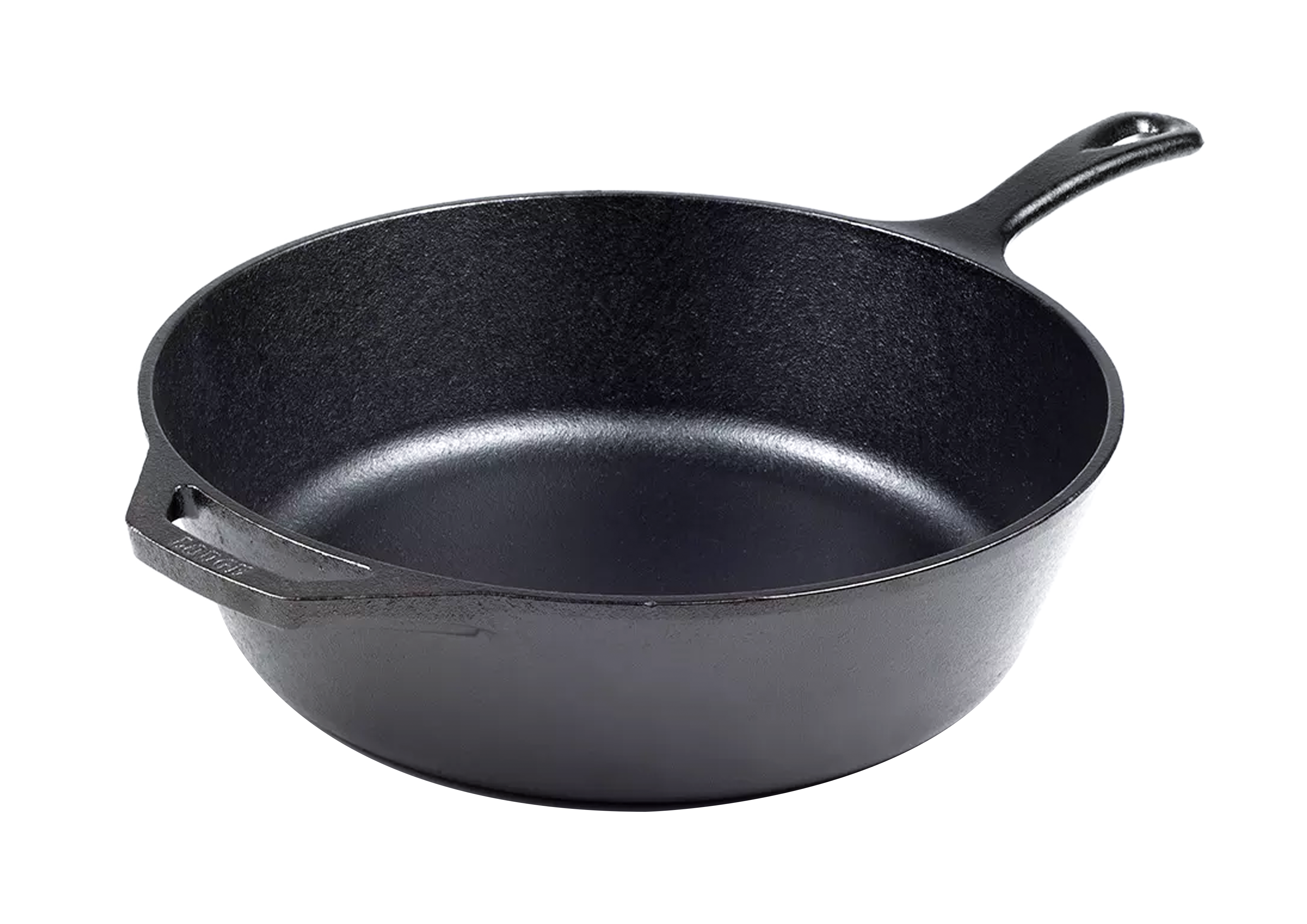
- Check your cookware for any chips or cracks. This can cause the glass surface to become scratched.
- Make sure to check the bottom of your cookware is smooth by feeling any bumpy surface or uneven edges.
Model Featured: Lodge L10DSK3
Utilize cast iron pots and pans that are compatible with your stove's size by using a measuring tape.
- Determine the width of your main burner. Make sure your top stove is off before doing this.
- Make sure your cast iron cookware fits snuggly on the stove. You can do this by measuring and comparing their diameters
- Use only pots and pans that are 1 in (2.5 cm) or smaller than the width of the burner as a general guideline.
Make Use of Heat Diffusers

Your glass-top stove can be well-protected by using a heat diffuser. Between the pan and the glass stove, a diffuser's flawlessly flat and smooth bottom forms a barrier that will keep the glass cooktop from becoming scratched.
- Put the diffuser on top of your cast iron cookware.
- Remember that heat diffusers decrease the effectiveness of the heat and may take longer to heat up or cool down. Go against using it if you find that bothersome.
Cast iron cookware should be lifted rather than slid
The glass stove could get undesirable scratches if it is dragged or moved. Cast iron has a rough surface and is heavy. This can result in some painful scrapes when it slides. You may use heavy cookware such as cast iron pots and pans. However, be careful not to drop it onto the glass.
Maintain the cleanliness of your cookware
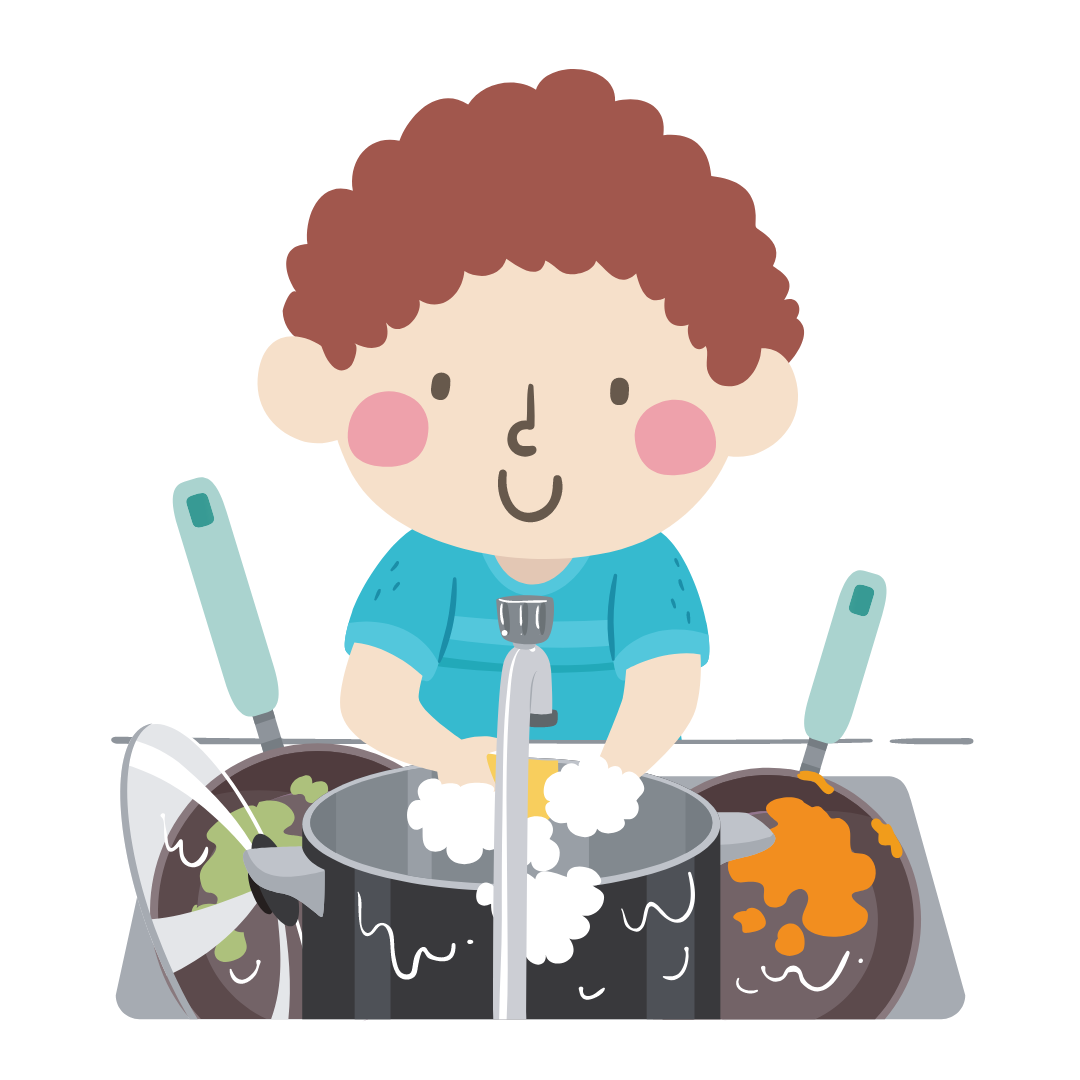
Clean up your cooking utensils. In addition to being unhygienic, dirty cast iron cookware may have leftover food stuck to it and damage the glass stove surface. Be sure to thoroughly clean it, paying special attention to the cookware's exterior.
Here is an article on how to properly clean cast-iron dutch ovens.
Season both the interior and exterior of your cookware
In addition to making your cookware non-stick, seasoning both the interior and exterior can prevent scratches on your glass cooktop.
Cast iron cookware that has been properly seasoned produces a smooth, equal layer to protect your stove. Most cooks just season the interior of their pans but it is strongly advised to season the entire pan or pot.
Here's how:
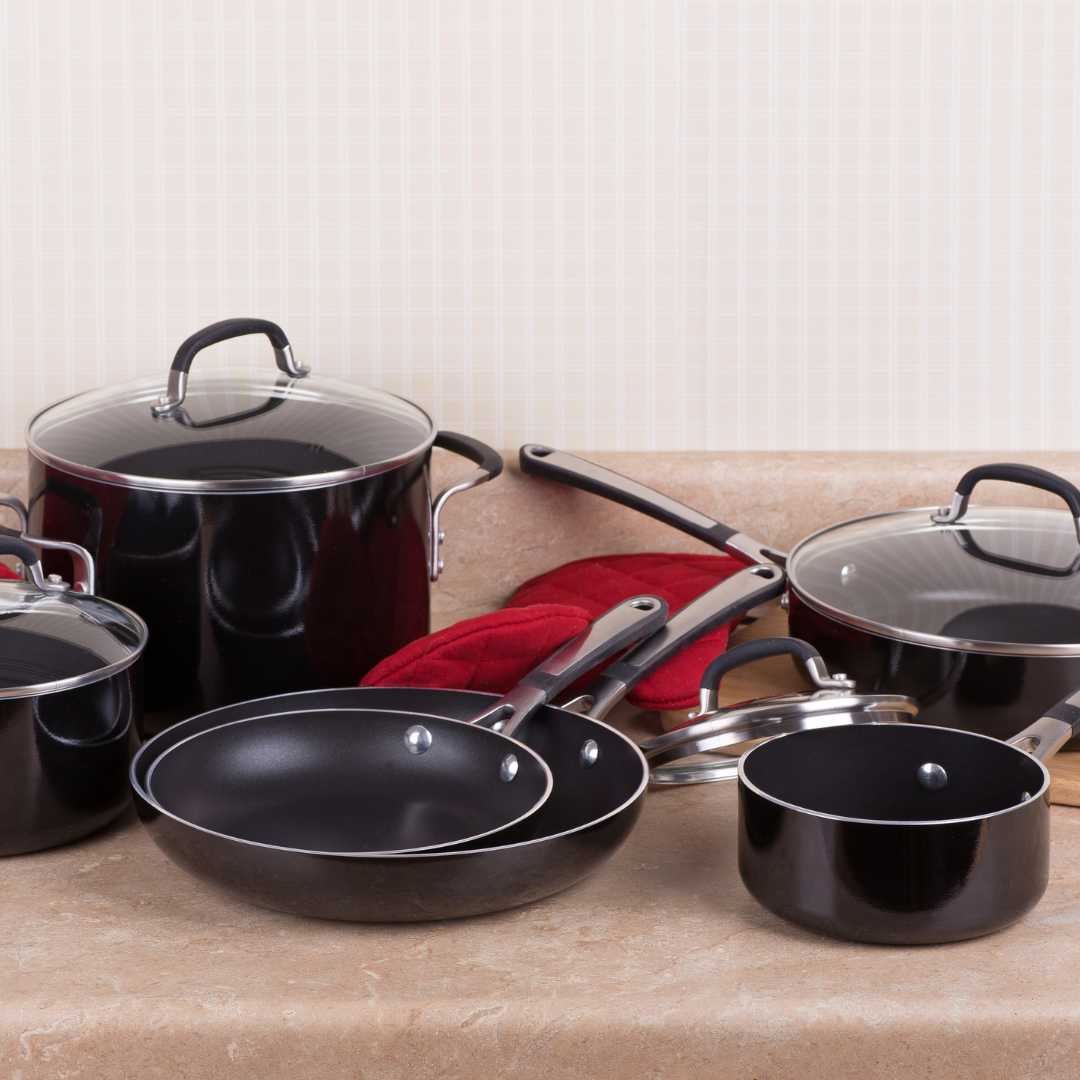
- Put a layer of seasoning on clean cast iron pans with a light coating of vegetable oil.
- Place it upside-down in an oven that has been preheated to 400 degrees for an hour and repeat three to four times.
- With this seasoning technique, your cooktop's flat surface should become smoother and less likely to scratch.
- Read this article to find out more tips on how to season your cookware.
Can you use cast iron?
Cast iron is suitable for use on glass-top stoves. But bear in mind that it's not advised because your glass stove can be readily damaged by some cookware with rough materials, such as cast iron, glass, and stoneware. But that does not preclude you from using it. All you have to do is exercise extra caution and safety measures prior to utilizing this kind of cookware on your burner. But first, let's look at why many producers of glass cooktops advise against using particular cookware.
How can a glass-top stove be harmed by cast iron?
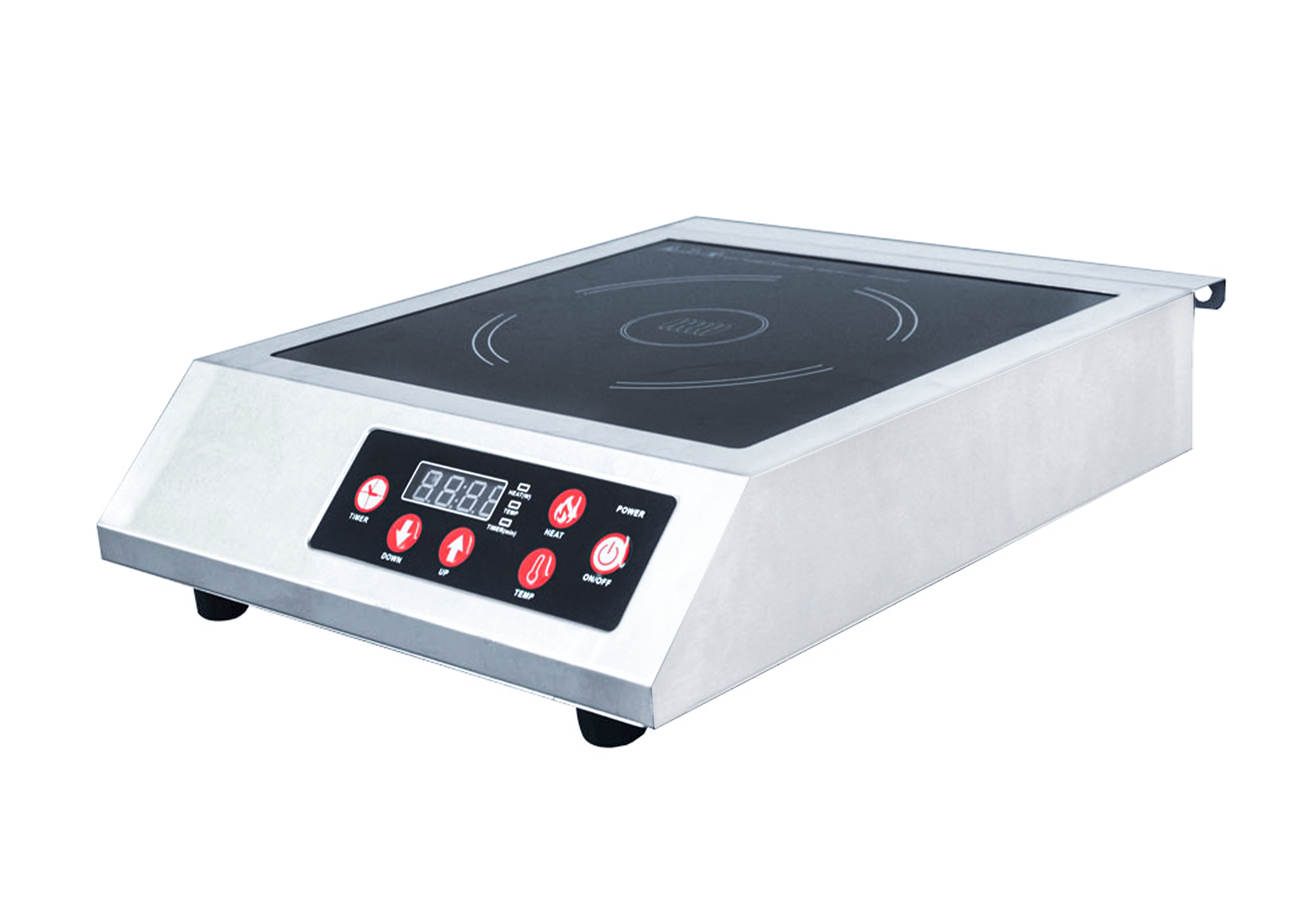
- Cast iron's surface finish is often damaged by glass top stoves.
- Cast iron cookware with an uneven surface.
- Damage to a heating element. This may result from the size of cast iron cookware.
- The glass cooking surface of a glass top stove may be damaged by the weight
Model Featured: Omcan USA 44414
Alternative to Cast Iron Cookware
To safeguard the glass-top stove, use ceramic-coated cast iron.
Cast iron cookware with a ceramic coating can be used without causing the glass cooktop too much damage. These ceramic-coated pans are made with consumers who utilize glass-top stoves rather than standard gas stoves in mind.
Why is Ceramic-Coated Cast Iron Better?
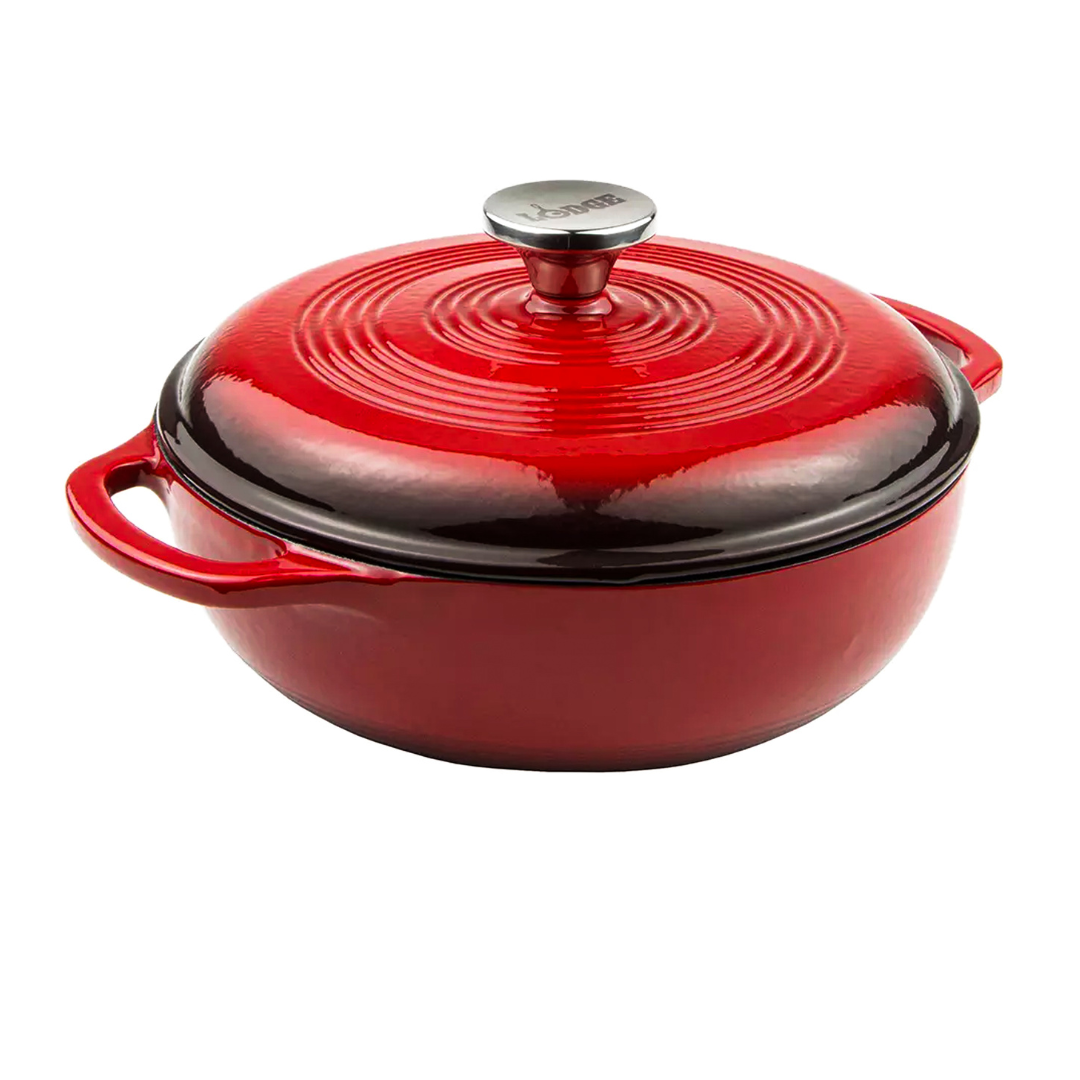
Cast iron cookware with a ceramic coating is preferable for glass stovetops. It guards against the glass cooktop getting scratched. However, I still advise against sliding your ceramic-coated cast iron cookware.
So bear that in mind if you have a tendency to forget things and discover that you slide rather than pick and choose enameled cast iron. The ceramic coating ought to lessen the likelihood of your glass-top stove being scratched.
Model Featured: Lodge EC3D43
To find out about their differences, check out this article!
How to Fix Scratches on A Glass top Stove
How to Fix Light Scratches
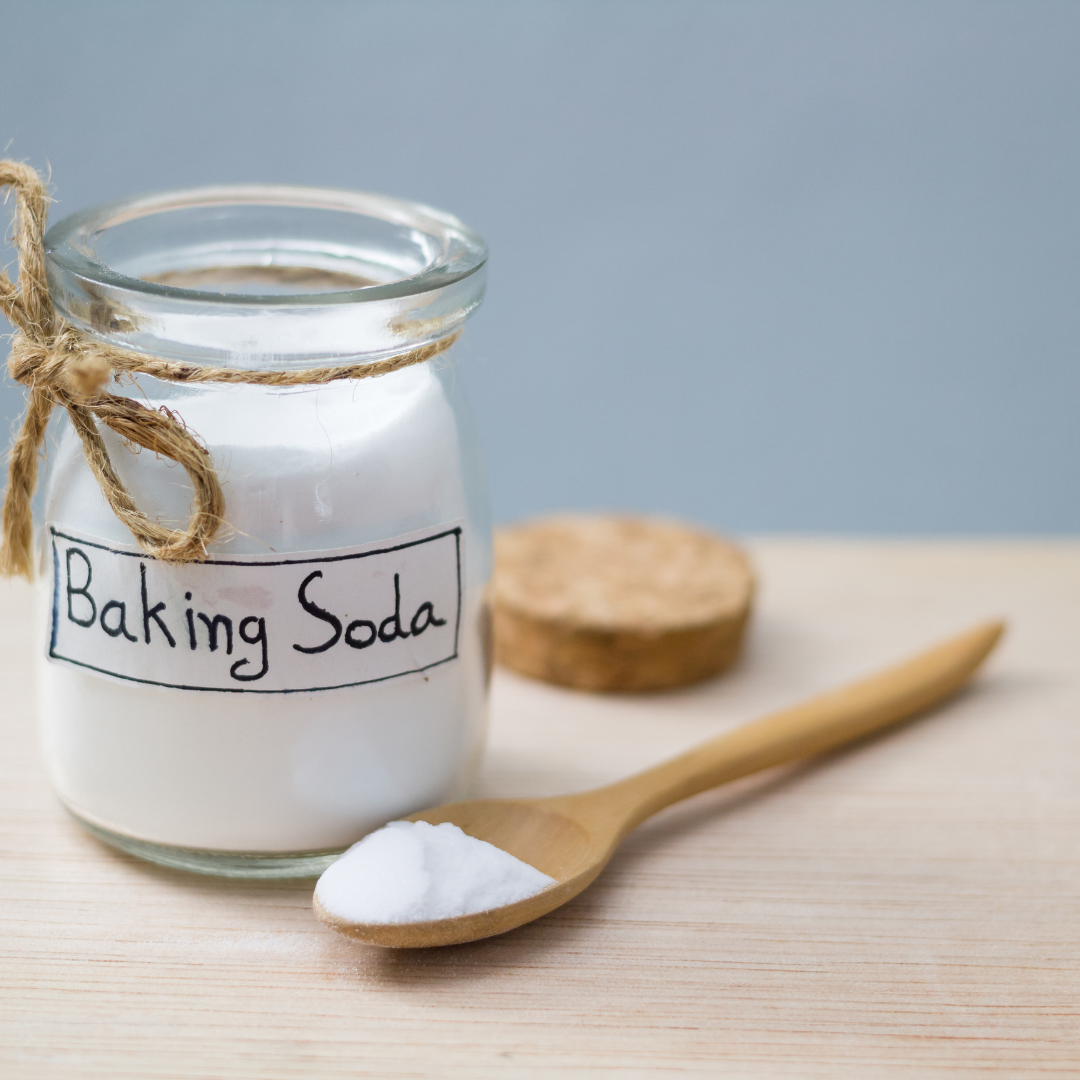
Simple scratches can be easily fixed with just baking soda and here's how:
- To make a paste-like mixture, combine two teaspoons of baking soda with a little bit of water.
- Make sure your glass top stove is clean before doing this
- Use a damp cloth to clean the glass cooktop with this mixture made of baking soda and water.
How to Fix Deep Scratches
Your glass top stove has significant scratches that are unfortunately impossible to repair. You can still use it if the damage is just skin deep or completely replace your glass cooktop. If these scrapes lead to inconsistent heat distribution, that will be the biggest worry. If not, retain your cooktop until it starts to bother you visually.
How to Properly Clean Glass Cooktop
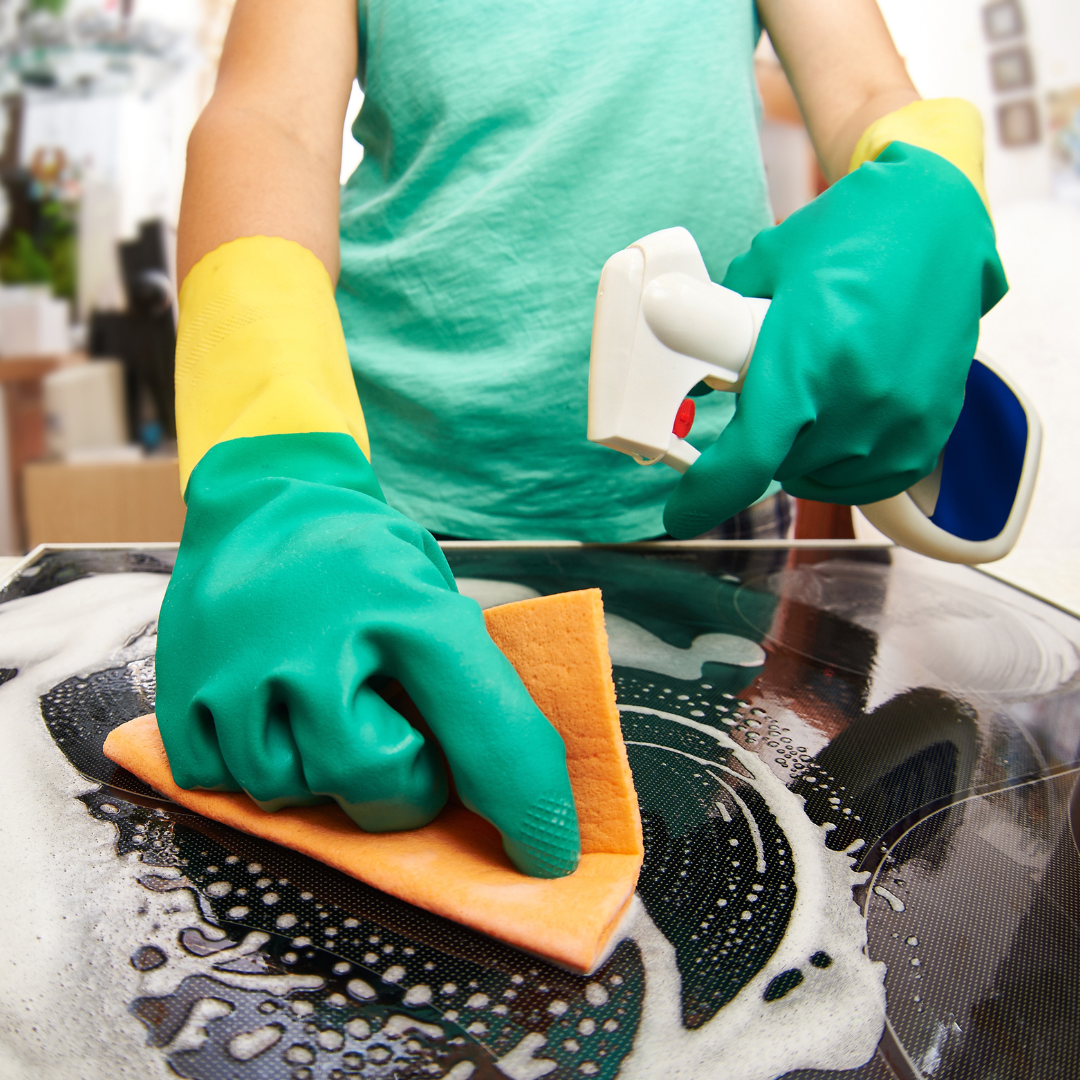
You can clean a glass cooktop in the restaurant using baking soda and white vinegar. The glass cooktop surface of the glass cooktop might be damaged by your typical abrasive cleaning products. Here's how you can restore your shiny stove:
- Add a little amount of white vinegar to a few tablespoons of baking soda.
- Mix it in a bowl meant for cereal.
- Use a moist towel to gently wipe the glass cooktop.
- Burnt bits of food stuck on the stove can easily be removed with gentle movements.
Remember to use a cleaner formulated specifically for glass stovetops if you plan to utilize cleaners from your neighborhood grocery store. Your cooktop may be harmed by the chemicals in your typical window cleaner.
Check out this article for more information on how to clean induction cooktops!
Thinking of Upgrading?
Glass cooktops offer versatility and aesthetic features for responsive heat to help elevate your cooking technique. Get in touch and find out the best cooktop for your restaurant needs!

